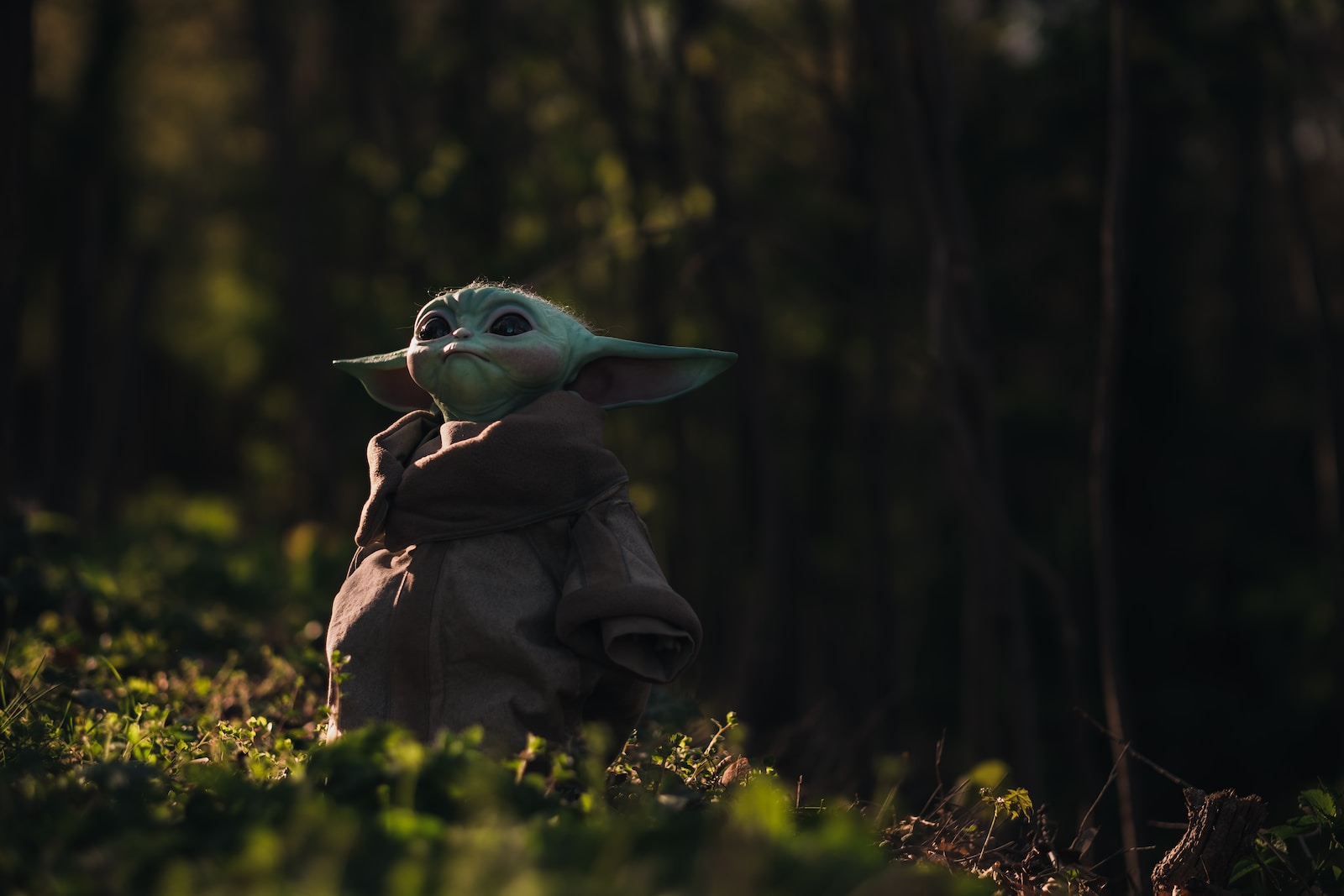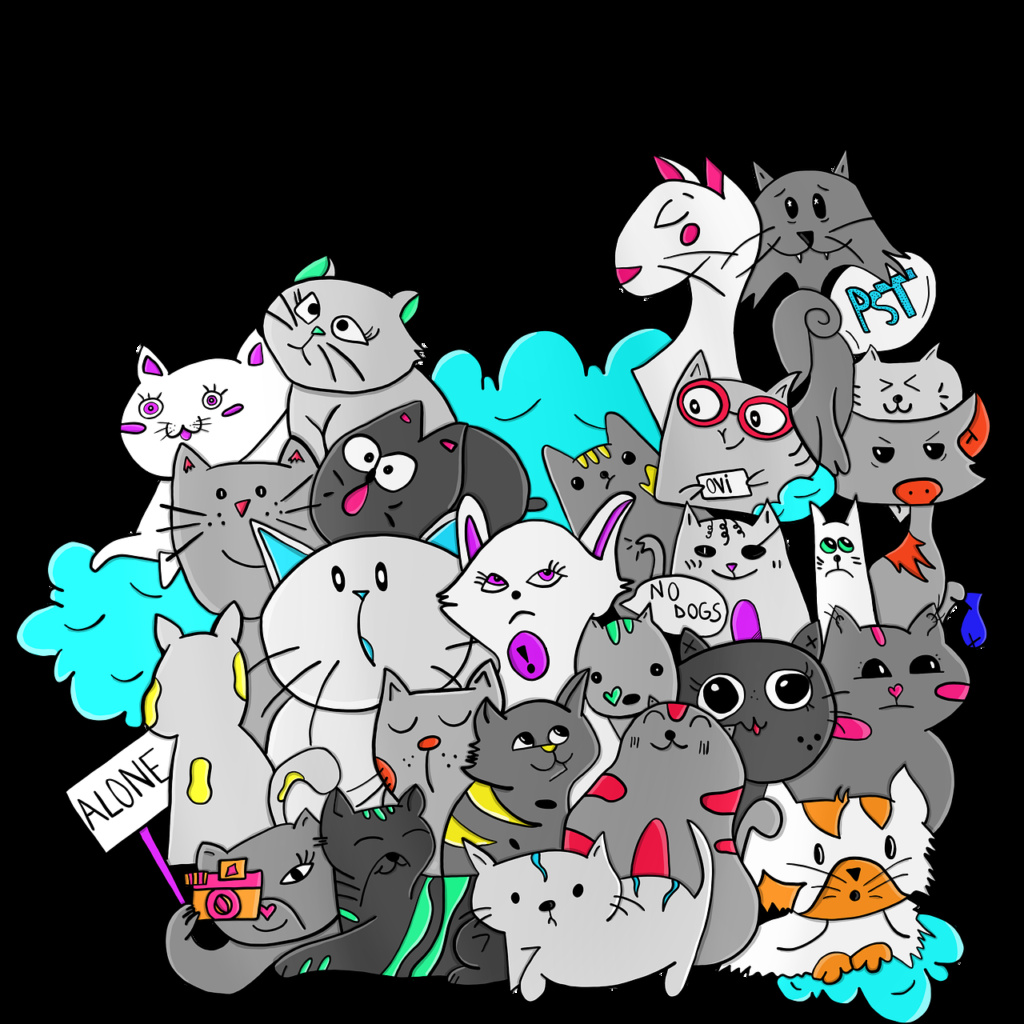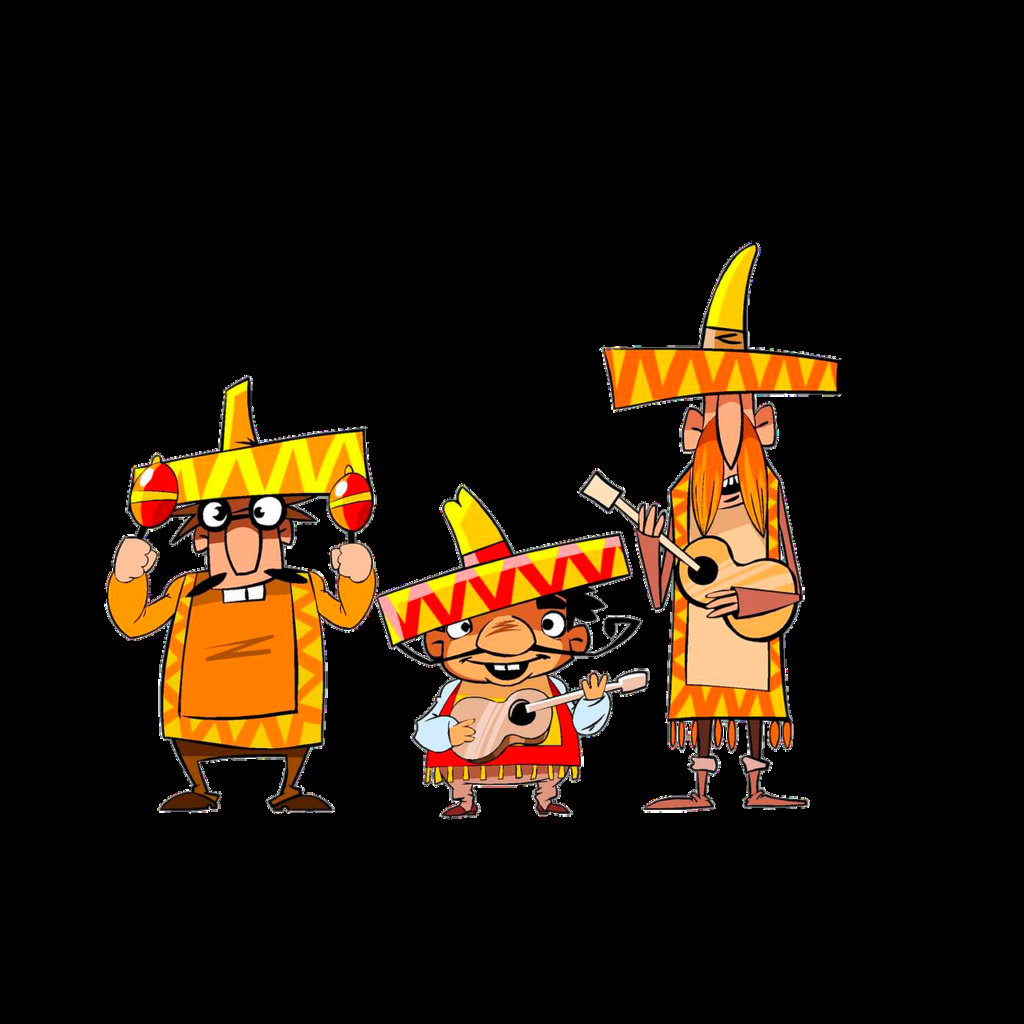
Hello, dear readers and fellow enthusiasts of the animated and illustrated world! Emma here, your trusted cinematic tour guide, and today, we’re venturing into the dynamic realm of manga-to-anime adaptations. We’ll dive deep into the successes and challenges that come with the territory, exploring how these adaptations bring beloved stories to life on the small screen. So, get cozy with your favorite manga and a cup of tea (or perhaps some ramen), and join me on this insightful journey, sprinkled with humor and real-world examples.
The Marriage of Manga and Anime
Manga and anime are two peas in a pop culture pod, with manga often serving as the wellspring from which anime adaptations flow. This harmonious relationship allows fans to experience their favorite stories in two distinct yet intertwined forms.
The Appeal of Manga
Manga, the Japanese term for comics or graphic novels, offers readers a unique visual and literary experience. The medium allows for intricate character development, world-building, and exploration of themes that can span hundreds of chapters.
Example: “One Piece” by Eiichiro Oda is a long-running manga series known for its complex characters and epic adventures on the high seas.
The Magic of Anime
Anime, as its animated counterpart, brings manga stories to life with dynamic visuals, vibrant colors, and the power of motion. It transforms static images and dialogue into living, breathing worlds.
Example: The anime adaptation of “Naruto” brought the ninja world to life with thrilling battles and emotional storytelling.
The Challenges of Adaptation
While manga-to-anime adaptations have introduced countless fans to incredible stories, they also face a myriad of challenges in the transition from page to screen.
Pacing and Filler Episodes
One common challenge is pacing. Manga series often have a different rhythm than anime, and adapting every chapter faithfully can result in pacing issues. To address this, anime series sometimes resort to filler episodes—original content not found in the manga.
Example: “Naruto” and “Naruto Shippuden” are known for their filler arcs, which some fans find frustrating but serve to maintain a consistent release schedule.
Ongoing vs. Completed Manga
Adapting an ongoing manga can be a risky endeavor. Anime studios may catch up to the source material, leading to the creation of filler arcs or hiatuses.
Example: “Attack on Titan” faced this challenge, prompting the production of a final season to conclude the story once the manga ended.
Artistic Style and Animation Quality
Anime adaptations must capture the essence of the manga’s art style while maintaining animation quality. This can be challenging, as some manga art styles are incredibly detailed or unique.
Example: “One Punch Man” started as a webcomic with a simple art style but was adapted into an anime with high-quality animation to do justice to the action sequences.
Success Stories: Shining Adaptations

Despite the challenges, some manga-to-anime adaptations have not only succeeded but also achieved legendary status in the anime world.
“Fullmetal Alchemist: Brotherhood”
This adaptation faithfully follows the manga source material and is celebrated for its compelling story, well-developed characters, and thematic depth.
Example: The Elric brothers’ journey to restore their bodies is a masterclass in storytelling and character development.
“Death Note”
“Death Note” expertly adapts the psychological thriller manga, with brilliant voice acting and intense cat-and-mouse confrontations between Light Yagami and L.
Example: The anime’s portrayal of Light’s descent into madness is gripping and chilling.
“My Hero Academia”
“My Hero Academia” captures the spirit of the manga, blending action, humor, and character growth. It has garnered a massive international fanbase.
Example: The battles between heroes and villains are brought to life with dynamic animation.
When Fidelity Pays Off
In some cases, strict adherence to the source material can result in an immensely satisfying adaptation.
Example: “Attack on Titan” closely follows the manga’s intense plot twists, leading to a gripping and faithful adaptation.
Example: “Demon Slayer: Kimetsu no Yaiba” preserves the emotional depth of its source material, earning it both critical acclaim and a dedicated fanbase.
Unforeseen Success: “One Punch Man”

“One Punch Man” began as a webcomic with a crude art style but unexpectedly gained popularity. The anime adaptation elevated it to new heights with stunning animation and a unique blend of humor and action.
Example: Saitama’s comically overpowered abilities combined with his unassuming appearance became a hit with audiences worldwide.
The Role of Studio and Staff
The success of a manga-to-anime adaptation often hinges on the studio’s choice, the director’s vision, and the talent of voice actors.
Example: Studio Madhouse’s adaptation of “Hunter x Hunter” is lauded for its dedication to the source material and exceptional animation quality.
Example: Director Makoto Shinkai’s vision in “Your Lie in April” brought out the emotional depth of the manga, making it a tearjerker for viewers.
A Nod to the Unique: “One Piece”
“One Piece” is a long-running manga and anime series known for its distinct art style, epic world-building, and memorable characters. While some fans have criticized the anime for pacing issues, its enduring popularity and massive fanbase speak volumes.
Example: Monkey D. Luffy’s quest to become the Pirate King continues to resonate with fans, making “One Piece” a cultural phenomenon.
The Future of Manga-to-Anime Adaptations
As we look to the future, the world of manga-to-anime adaptations shows no signs of slowing down. With streaming platforms like Crunchyroll and Funimation offering a global stage, fans can expect more diverse and innovative adaptations.
Example: “Jujutsu Kaisen” has captured attention with its dark themes, dynamic battles, and supernatural elements, marking it as a potential future success story.
Example: “Demon Slayer: Mugen Train” became a box office sensation, proving that anime adaptations can break records and draw international audiences.
In Conclusion: A Dynamic Dance
The world of manga-to-anime adaptations is a dynamic dance between two art forms, each with its own unique strengths and challenges. While not every adaptation may be perfect, they all contribute to the rich tapestry of anime storytelling.
So, dear readers, whether you’re a manga purist or an anime enthusiast, let’s celebrate the magic that happens when these two worlds collide, bringing our favorite stories to life in new and captivating ways.
Until our next cinematic escapade, “Sayonara!”


